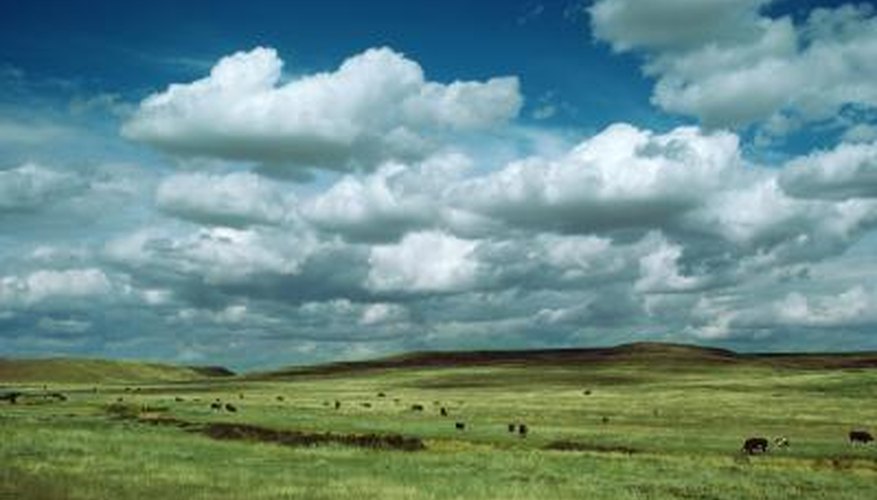The northern great plains one of the four remaining temperate grasslands on earth are spread across 180 million acres over two canadian provinces and five u s states

The Northern Great Plains: A Unique and Vital Ecosystem

The Northern Great Plains, spanning across 180 million acres, is truly a remarkable and one-of-a-kind ecosystem. As one of only four remaining temperate grasslands on Earth, it holds immense ecological importance and serves as a home for countless species of plants and animals. Situated across two Canadian provinces and five U.S. states, this vast grassland region offers a breathtaking landscape and fascinating biodiversity.
A Natural Landscape Shaped by Climate

The Northern Great Plains have been shaped by a variety of geological and climatic forces over millions of years. Its distinctive landscape is a result of periodic droughts, grazing by large herbivores, and natural disturbances like fire and flooding. The unique combination of these factors has created a diverse mosaic of grasslands, wetlands, rivers, and forests, making it a true treasure trove for researchers and nature enthusiasts alike.
A Haven for Extraordinary Biodiversity
The grasslands of the Northern Great Plains are home to an incredible variety of plant and animal species, many of which are specially adapted to thrive in this unique environment. The abundance of grasses and wildflowers supports a rich and diverse community of insects, birds, mammals, and reptiles. From the iconic bison and pronghorn to the endangered black-footed ferret and swift fox, this region harbors some of North America’s most iconic wildlife.
Vital Ecosystem Services
Beyond its beauty and biodiversity, the Northern Great Plains provide a range of invaluable ecosystem services that benefit both wildlife and human communities. The extensive grasslands act as carbon sinks, helping to mitigate the effects of climate change by absorbing a significant amount of atmospheric carbon dioxide. Additionally, the region’s wetlands play a crucial role in regulating water quality and quantity, providing habitat, and mitigating flood risks.
Conservation and Sustainable Management
Ensuring the long-term preservation and sustainable management of the Northern Great Plains is essential. Conservation organizations, government agencies, and local communities are working tirelessly to protect and restore this vital ecosystem. By implementing sustainable land-use practices, such as rotational grazing and native grassland restoration, they strive to maintain the delicate balance of this unique grassland ecosystem.
Conclusion
The Northern Great Plains truly stand as a testament to the beauty and resilience of nature. Its vast expanses of temperate grasslands, rich biodiversity, and critical ecosystem services make it a globally significant landscape. As we continue to appreciate and safeguard this remarkable region, let us remember to cherish its natural wonders and take action to protect it for generations to come.
Source: Air Wick Mission
Tags
Share
Related Posts
Quick Links
Legal Stuff

